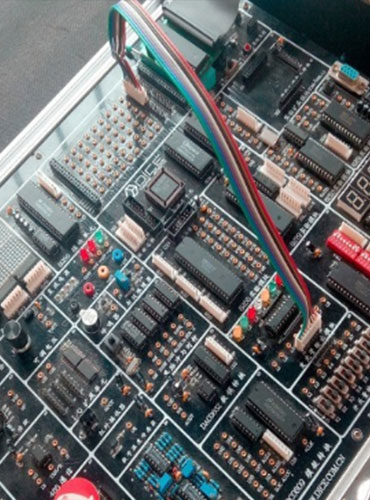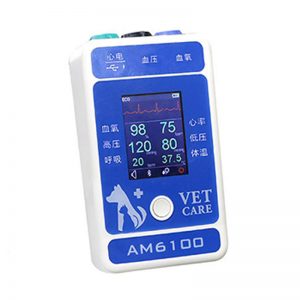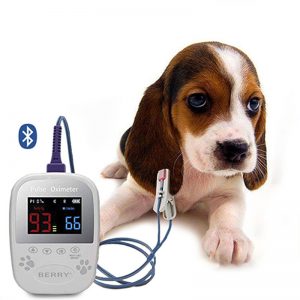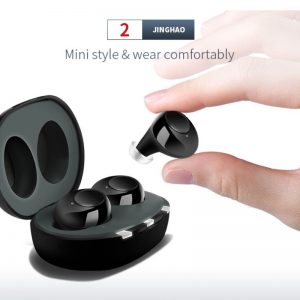Pulse Oximetry
Pulse oximeter can also detect arterial pulsation, so it can also calculate and inform the patient's heart rate.
A pulse oximeter is a medical device that measures the oxygen content in the arterial blood of a patient.

choiceMMed Exclusives
- Applicable people: heart disease, hypertension, diabetes
- Main components: microprocessor, memory
- Measuring principle: based on changes in light absorption during arterial pulse
choiceMMed pulse oximeters classification
-
- Fingertrip Pulse Oximeter(including children Fingertrip Pulse Oximeter)
- Handheld Pulse Oximeter
- Wrist Pulse Oximeter
- Vital Signs Monitor
Quality Sensors
All pulse oximeters use red and infrared light to measure SpO2 levels. Choicemmed Light® sensor technology uses high quality LEDs and a calibrated receptor to eliminate interference from secondary frequencies.
Low Perfusion Filter
The removal of noise artifact is crucial for an oximeter to accurately assess SpO2 in low perfusion. choicemmed® signal processing technology uses powerful filtering to remove noise from weak or low perfusion signals, providing reliable and accurate readings.
True Pulse Detection
Choicemmed signal processing locates the true pulse in motion and low perfusion. This eliminates false readings or alarms due to patient motion, reducing the time required to obtain a reliable measurement.
Smart Averaging
Intelligent, automatic averaging helps users save time in fast-paced care environments.Choicemmed technology uses a smart algorithm that automatically adjusts for three second averaging or faster.

choiceMMed®
LEDS
choiceMMed LEDs produce a high-intensity pure light spectrum.

choiceMMed®
Sensors
Choicemmed Light sensor receptor eliminates variations in readings.

choiceMMed®
Signal Processing
Its signal processing filters out artifacts and interference to show the true pulse.
choiceMMed® Sensor Technology
How It Works
Based on changes in light absorption during arterial pulse. Two light sources located in the visible red light spectrum (660 nanometers) and the infrared spectrum (940 nanometers) alternately illuminate the area under test (generally fingertips or earlobe). The amount of light absorbed during these pulsations is related to the amount of oxygen in the blood. The microprocessor calculates the ratio of the two spectra absorbed, and compares the result with the saturation value table stored in the memory to obtain the hemorrhagic oxygen saturation.


choiceMMed® Pulse Oximetry Technology
How It Works
Typical choiceMMed oximeter sensor has a pair of LEDs that face a photodiode through the translucent part of the patient’s body (usually the fingertip or earlobe). One of the LEDs is red and the wavelength is 660nm; the other is infrared and the wavelength is 940nm. The percentage of blood oxygen is calculated based on measuring the two wavelengths of light with different absorption rates passing through the body.

Related Products
A leading hypoxia research laboratory compared accuracy in motion between a choiceMMed Medical pulse oximeter with choiceMMed® technology and a competing pulse oximeter. Hypoxia was induced in 13 subjects using an industry standard breathe-down protocol, and motion was generated using a mechanical fixture with tapping and rubbing. SpO2 values were compared to CO-oximetry analysis of arterial blood samples. ChoiceMMed precision was ±2.1; competitor technology precision was ±14.4.1
















